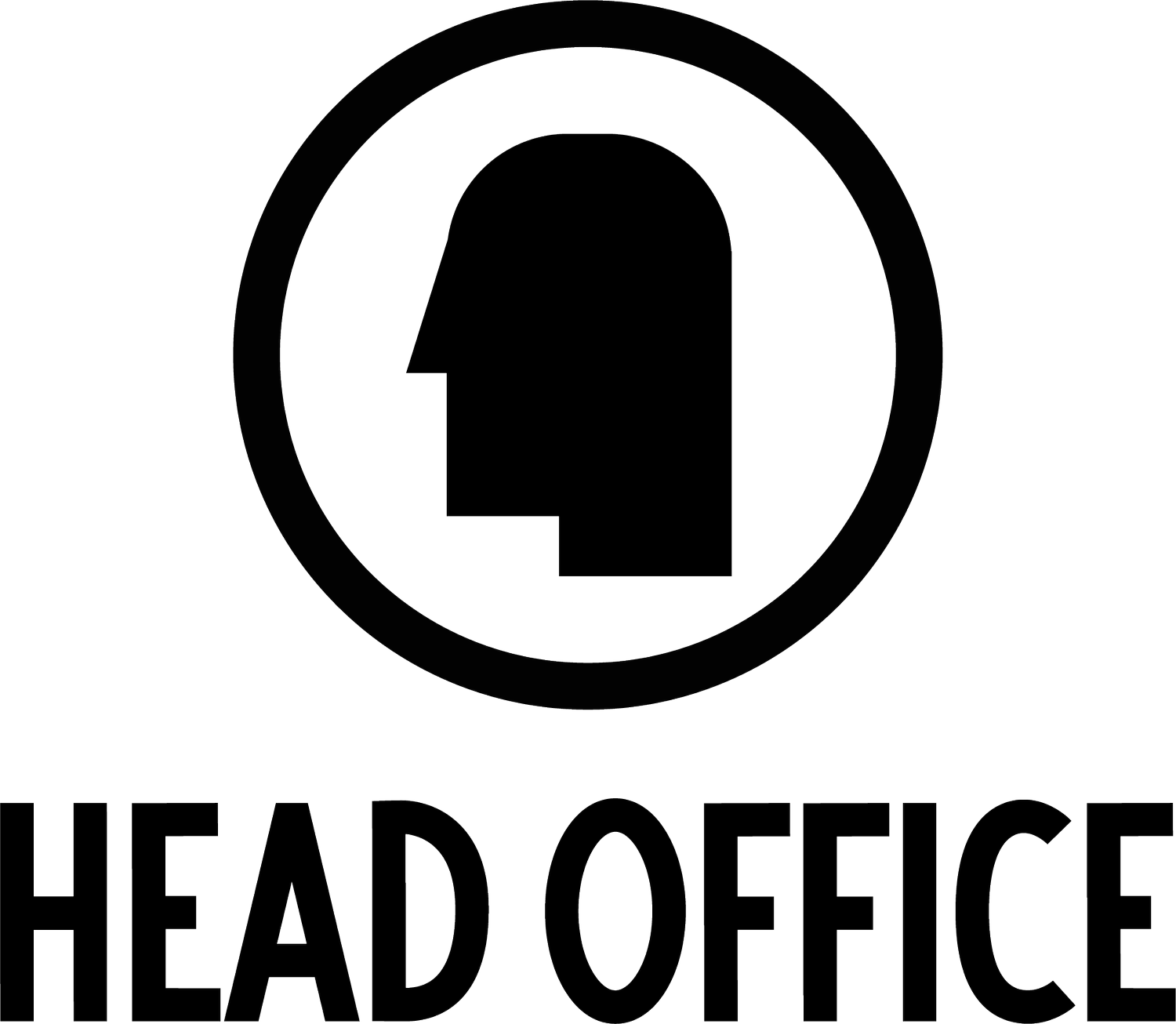The Power of Animation in Education
Animation is a powerful tool that can be used to explain complex concepts and engage students in a fun and creative way. When used effectively, animation can help students learn more effectively and retain information longer.
Benefits of Using Animation in Education
There are many benefits to using animation in education. Here are a few of the most important:
Improved comprehension: Animation can help students visualize and understand complex concepts in a way that text or lectures cannot. For example, an animated video can show how the heart works or how a volcano erupts.
Increased engagement: Animation can capture students' attention and keep them engaged in the learning process. This is especially important for students who are easily bored or who have difficulty learning in traditional ways.
Enhanced retention: Studies have shown that students who learn with animation are more likely to retain information than those who learn with traditional methods. This is because animation helps students create mental models of the concepts they are learning.
How to Use Animation in Education
There are many ways to use animation in education. Here are a few ideas:
Create animated explainer videos: Explainer videos are short, animated videos that explain a complex concept in a simple and easy-to-understand way. They can be used to teach students about a new topic or to review material that they have already learned.
Develop interactive learning games: Interactive learning games are a great way to engage students and make learning fun. They can be used to teach students about a variety of topics, including math, science, history, and language arts.
Use animation in your presentations: If you are giving a presentation, you can use animation to illustrate your points and make your presentation more engaging. For example, you could use animation to show how a process works or to explain a complex concept.
Animation is a powerful tool that can be used to improve student learning. When used effectively, animation can help students understand complex concepts, stay engaged in the learning process, and retain information longer. If you are looking for ways to make your teaching more effective, consider using animation.
Here are some additional tips for using animation in education
Keep animations short and to the point. Students have short attention spans, so it's important to keep animations short and to the point.
Use clear and concise language. When creating animated explainer videos or interactive learning games, use clear and concise language that students can understand.
Use humor and creativity. Animation can be a fun and creative way to teach students. Use humor and creativity to make your animations more engaging.
Get feedback from students. Once you've created an animation, get feedback from students to see how they understand the material. This will help you improve your animations and make them more effective.
Animation is a powerful tool that can be used to improve student learning. When used effectively, animation can help students understand complex concepts, stay engaged in the learning process, and retain information longer. If you are looking for ways to make your teaching more effective, consider using animation.
Here are some additional resources for using animation in education
The National Center for Supercomputing Applications (NCSA) has a website with resources for using animation in education. The website includes lesson plans, tutorials, and examples of animated educational materials.
The Khan Academy is a non-profit organization that offers free educational videos on a variety of topics. Many of the Khan Academy videos use animation to explain complex concepts.
TED-Ed is a website that offers educational videos created by teachers and animators. Many of the TED-Ed videos use animation to explain complex concepts in a fun and engaging way.
We hope this blog post has given you some ideas for using animation in education. If you have any questions, please feel free to get in touch
